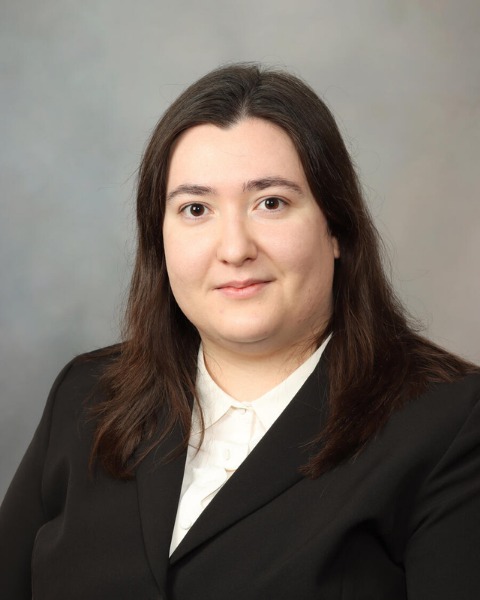Spine
Return to play following lumbar spinal fusion in athletes: A Systematic Review and Meta-Analysis
Return to Play Following Lumbar Spinal Fusion in Athletes: A Systematic Review and Meta-analysis

Asimina Dominari, MD
Postdoctoral Research Fellow
Mayo Clinic Rochester
Mayo Clinic
Rochester, MN, US
Presenting Author(s)
Introduction: Athletes are at an increased risk of developing chronic lower back pain due to degenerative spine disease. When conservative treatment fails, surgical treatment, including lumbar fusion, may be indicated. The likelihood of return to play and the duration of rehabilitation remain to be elucidated.
Methods: A comprehensive literature search was performed to identify studies reporting clinical and return-to-play outcomes in athletes following lumbar spinal fusion. Random-effects model meta-analysis of pooled outcomes was performed, with time to return to play being our primary endpoint.
Results: A total of 11 eligible studies yielding 235 athletes were identified, out of which 121 athletes (Pooled estimate: 92.8%, 95%CI: 42.6% - 99.6%) received lumbar fusion. Female patients comprised 53.6% (95%CI: 24% - 80.8%) of the study population. The most common procedure performed was transforaminal lumbar interbody fusion in 30 patients (Pooled estimate: 54.8%, 95%CI: 18.9% - 86.4%). A total of 97 patients (Pooled estimate: 97.5%, 95%CI: 71.8% – 99.8%) were able to return to play following lumbar fusion. The mean rehabilitation duration was 7.5 ± 3.5 months. At 3 months, 7.4% of patients were able to return to play (95%CI: 0.3% - 68.1%), by 6 months, 60.1% of patients had returned to play (95%CI: 5% - 97.7%), and by 1 year, 75.7% of patients had returned to play (95%CI: 25.9% - 96.5%).
Conclusion : A great proportion of athletes were able to return to play following lumbar fusion, with the majority of them being rehabilitated by 1 year after surgery. Our results show that lumbar fusion is a viable option for the treatment of chronic lower back pain refractory to conservative treatment in athletes wishing to return to play following surgery.
Methods: A comprehensive literature search was performed to identify studies reporting clinical and return-to-play outcomes in athletes following lumbar spinal fusion. Random-effects model meta-analysis of pooled outcomes was performed, with time to return to play being our primary endpoint.
Results: A total of 11 eligible studies yielding 235 athletes were identified, out of which 121 athletes (Pooled estimate: 92.8%, 95%CI: 42.6% - 99.6%) received lumbar fusion. Female patients comprised 53.6% (95%CI: 24% - 80.8%) of the study population. The most common procedure performed was transforaminal lumbar interbody fusion in 30 patients (Pooled estimate: 54.8%, 95%CI: 18.9% - 86.4%). A total of 97 patients (Pooled estimate: 97.5%, 95%CI: 71.8% – 99.8%) were able to return to play following lumbar fusion. The mean rehabilitation duration was 7.5 ± 3.5 months. At 3 months, 7.4% of patients were able to return to play (95%CI: 0.3% - 68.1%), by 6 months, 60.1% of patients had returned to play (95%CI: 5% - 97.7%), and by 1 year, 75.7% of patients had returned to play (95%CI: 25.9% - 96.5%).
Conclusion : A great proportion of athletes were able to return to play following lumbar fusion, with the majority of them being rehabilitated by 1 year after surgery. Our results show that lumbar fusion is a viable option for the treatment of chronic lower back pain refractory to conservative treatment in athletes wishing to return to play following surgery.

.jpg)